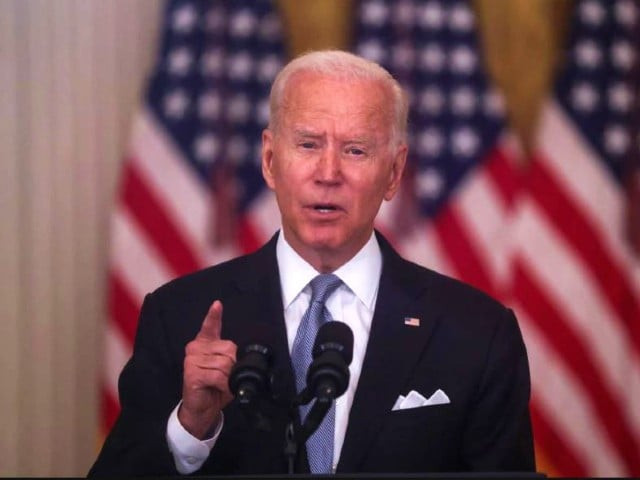At the end of the 19th century and at the beginning of the 21st century, the world was multipolar, and the United Kingdom (UK) was its leader. But World War II changed the geostrategic dynamics across the planet, and the world shifted into the bipolar realm, with the United States (US) and the Soviet Union becoming the two major powers. The fall of the Soviet Union after the Cold War changed the dynamics once again, and the US emerged as the only global power. Till today, the US has been leading this unipolar world.
Looking at the current pace of economic growth in China, one wonders if the Asian nation could pose a threat to American supremacy in the world. But in order to tackle this proposition, we must first address the questions: is the US still the world leader? Is China a real threat or challenge to US supremacy? In light of this, it has been argued that the US is still the world leader but not the global hegemon. Let us explore this further.
During former American President Donald Trump’s regime, America faced downturns on many fronts as it adopted protectionist policies and reduced its imports, especially from China, to lower its trade deficit. The US imposed tariffs on Chinese goods during July 2018-August 2019 worth around $550 billion. China, as a response to the US, also imposed tariffs worth $185 billion on US products. This trade war between the US and China ultimately hurt both economies, but the US in particular had to bear severe repercussions.
Additionally, under the Trump presidency, America withdrew from the Paris Agreement on climate change, where it had played a leading role previously. Another dent in both the American economy and foreign policy has been the situation in Afghanistan. Despite dragging North Atlantic Treaty Organisation (NATO) and non-NATO allies into the region and justifying the conflict to the American taxpayer, America failed to defeat the Taliban in Afghanistan. This in turn has damaged America’s claim to global hegemony. Moreover, the failure of America in Iraq and the resurgence of Russia in Syria are further setbacks for ‘American supremacy’.
But if one were to view this from the military front, America is still leading the world. Currently, America possesses the highest number of nuclear naval fleet (70) at its disposal, followed by Russia (40), China (19) and the UK (10). Moreover, the highest number of nuclear submarines are commanded by the US, and it also controls the most important strategic avenues across the Indo-pacific region. Additionally, the US has the most air vehicle carriers at 20 (11 aircraft carriers, nine helicopter carriers), followed by France – four (one aircraft carrier, three helicopter carriers), then Japan – four helicopter carriers (two of which are being converted into light aircraft carriers), and then China – three (two aircraft carriers, one helicopter carrier).
On the economic front, the dollar’s supremacy in the currency market is still with the US as the dollar is the only currency in which international transactions are taking place. Despite several agreements between or among nations to trade in their own currencies, none has succeeded in replacing the dollar. Moreover, the world economic order is still led by America through monetary bodies like the International Monetary Fund (IMF) and the World Bank, whose policies are often controlled by the US.
However, because China is one of the largest producers and exporters of consumer goods, it has replaced the US in several markets – and even the US-China trade deficit has tilted in favour of China. Furthermore, China has the highest foreign reserves, the highest purchasing power parity, and even provides the highest amount of debt to the US of about $ 1.5 trillion. Yet, despite all this, according to the World Bank, the US still has the highest GDP at about $20.89 trillion as compared to China’s GDP of around $14.72 trillion.
In order to counter China’s Belt and Road Imitative (BRI), the US formed its own alliances, including Built Back Better World (B3W) and the QUAD, a four-country group comprising of the US, Australia, India and Japan. If the B3W and QUAD are successful, they could grow to overshadow the BRI and counter it since the BRI is a slow process that needs another two decades to reach completion.
On the academic front, the US continues to lead the world. Despite the bourgeoning progress China has made in the research sector, the US still has the top-ranking research institutes in the world, the highest number of Nobel laureates and the most prestigious universities. At the overall education level, America is ranked at the top followed by the UK and Germany.
Hence, despite some major setbacks for America on the economic and geostrategic fronts during the conflict in Afghanistan, the US has proven to still be the world leader, and is playing a pivotal role on several fronts. The Biden administration has re-joined the Paris Agreement and is trying to negotiate with China on trade. As things stand, there is no immediate threat to American supremacy in the near future. China and Russia are striving to topple the US of its perch, but they are currently not an immediate danger to the US.



COMMENTS (1)
Comments are moderated and generally will be posted if they are on-topic and not abusive.
For more information, please see our Comments FAQ